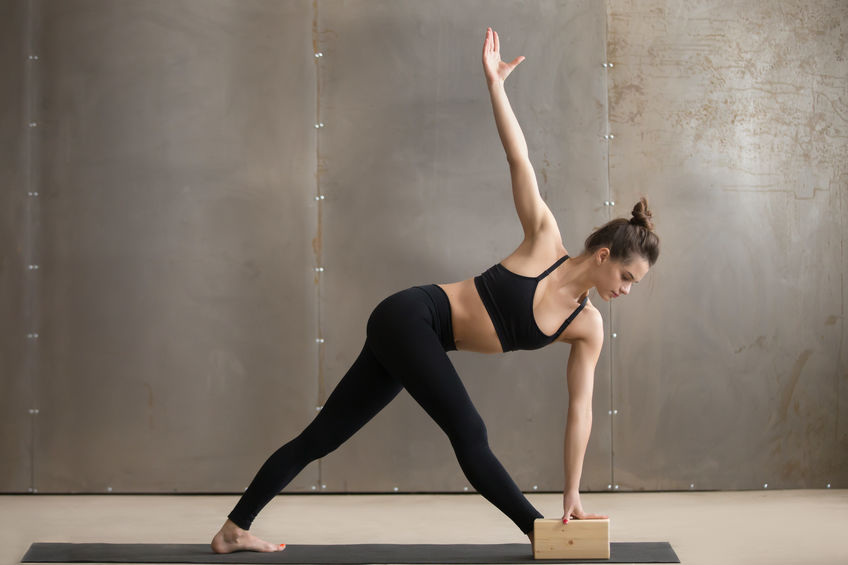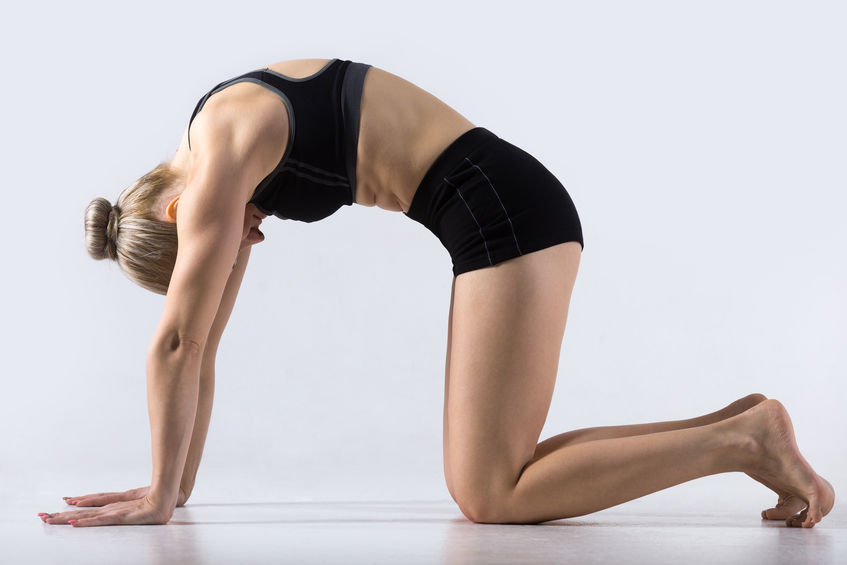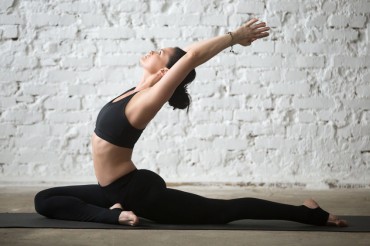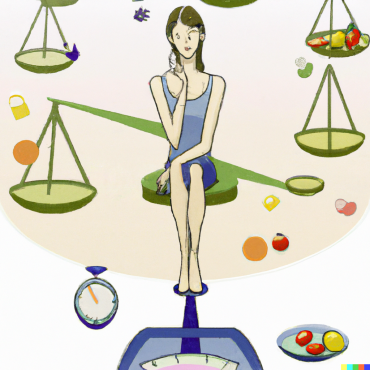All of us so called “yoga enthusiasts” have been hearing about the new form of yoga called “YIN YOGA”, what exactly is it? Come let us explore this form of new age yoga.
“Yin yoga is an art form not an exact science. The purpose of Yin yoga is to take us out of the systems of social convention, indoctrination, and mechanistic ways of thinking, not to reinforce them by demanding conformity to rigid, limited paradigms. The practice of Yin yoga poses does not require scientific approval or validation. Intellectualizing the practice of Yin yoga serves to obstruct a deeper understanding of its essence. The real power to authorize truth is contained within each and every one of us.” – Master Paulie Zink~ The Founder of Yin Yoga
Paulie Zink was the sole protégé of Chinese martial arts and Chi kung Master Cho Chat Ling. Master Cho came to Paulie’s home and instructed him privately every day for six to eight hours. About two to three hours of his daily practice were devoted to Taoist Chi Kung (energy cultivation, physical conditioning, and flexibility training). Paulie was taught these Taoist arts as a foundation for his martial arts training, combined with a discipline that demanded tremendous mental concentration, harsh physical exercise, and esoteric spiritual practices.
During the years he was being trained by his master, he studied Taoist alchemy theory and spent many hours observing animals on his own initiative. Paulie created his own distinctive style of yoga using the Taoist system he had learned as a foundation. He also incorporated some Hatha yoga he had practiced as a teenager. Paulie developed more postures and variations, as well as movements, philosophy, meditations, and perceptions, all of which were based on his ability to embody primal energy, his direct alchemical and mystical experiences, his personal insights and his cultivated animal awareness. Hence Yin yoga is a style form that has originated from the ancient Chinese traditions, philosophy of health practices, and spirituality. The essence of this from is being in harmony with natural flow of nature.
So What Exactly is YIN and YANG?

The art of Yin yoga draws upon the doctrine of the five elements of Earth, Metal, Water, Wood, and Fire, and the principle of yin and yang used in Chinese medicine and acupuncture. Yin and yang are the polarities of a whole, the complimentary opposites of dark and light, cold and hot, soft and hard, female and male that allow all things to come into being.
They are the two sides of a coin. One cannot exist without the other. Yin and yang is the vibration of the universe, the energy that informs all life. Exactly like our philosophy and concept closer to home Shiva and Shakti. In the practice of Yin yoga specific yoga postures are used to invoke the spiritual attributes of various creatures, both real and mythical, and to activate the transformational properties of the five alchemical elements, thus enlivening and harmonizing these energies within the body and animating the primal spirit that resides within us all. Sounds familiar?.
The complete form of this art encompasses
YIN YOGA poses of stillness for promoting growth, clearing energetic blockages, and enhancing circulation.
YANG YOGA Poses for developing core strength and muscle tone, balance, and stamina.
During Yin Yoga practice the poses are held for longer periods of time ranging from 3 to 5 minutes or longer. When you hold a pose for a longer period of time, you stretch the deeper body tissues such as the tendons, fascia, ligaments and other connective tissues. This will increase overall flexibility and improve circulation in the joints and other tissues. During Yin Yoga, specific asana sequences are used to stimulate particular energy channels or nadis. The focus during the practice is inwards and meditative and the teacher can choose to guide the students into an even deeper meditative state by giving ‘Dharma talks’. These are monologues about the body, the poses or the nadis. The teacher can also share Buddhist stories or even his own experience and wisdom.
So How Is YIN Yoga Different From HATHA Yoga?

Yin Yoga shares some similarities with Hatha Yoga but also has some significant differences. Because the asanas look alike, but have different alignment and benefits, the names of the asanas can differ.
Hatha Yoga is a combination of Yin and Yang: some poses help to warm up and activate the body and body systems whereas others aim to relax and calm down the body and the mind. The purpose of Hatha Yoga is to learn to control the mind by controlling the body. Yin Yoga however only tries to relax and cool down and does not include Yang. The purpose is to relax completely into the pose. The longer you hold a pose, the more you can let go of tensions. Therefore in Yin Yoga you work more on the deeper tissues such as the tendons, fascia and connective tissues. Both yoga styles aim to create inner peace and a meditative state of mind, however in a different approach.
Sounds harmonious and soulful? This international yoga day let’s try this new form of yoga and go much deeper into our selves and explore the inner being!
And remember “FLOW, DON’T FORCE”
NAMASTE!

























































Comments